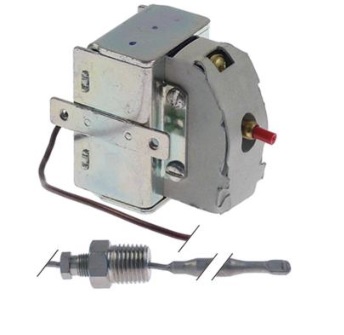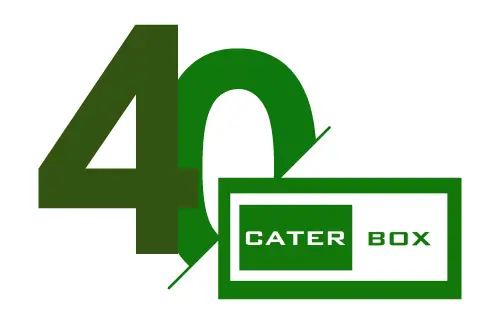
A mechanical or electronic thermostat is a regulating device component that senses the temperature of a physical system and performs actions so that the system’s temperature is maintained near a desired setpoint. This is the Wikipedia description of what a thermostat is. In the commercial catering industry thermostats are used on almost all equipment including dishwashers, ovens, fryers, hot cupboards, etc..
What is the difference between a mechanical thermostat and a digital or electronic thermostat?
This is probably one of the most unasked questions in this business. Often the models of fryers, pizza ovens, combi ovens, refrigerators, etc.. which have electronic thermostats tend to be a lot more expensive than the equivalent mechanical thermostat. And this would put a lot of people off the more expensive model. However, depending on the product you are cooking it might be worth the extra money. Then again it might not. So I will attempt to explain the difference and also give some examples.
So in short the difference is as follows: –
A mechanical thermostat will have a tolerance of between 10 and 15oC. The electronic thermostat has a far superior tolerance of between 1 and 3oC.
Examples: –
To give an example, if you set a fryer with a mechanical thermostat to 180oC, it will probably overshoot this temperature and end up at 190oC before the temperature starts dropping. It will then drop to probably 170oC before heating up again.
However, if you set a fryer with an electronic thermostat to 180oC, it will probably not overshoot. And if it does, it will only be around 182oC and undershoot to around 178oC.
If you are cooking something which requires a very precise and consistent temperature setting then the electronic thermostat is for you. On the other hand, if you’re cooking is more to do with volume than precise temperature then the mechanical option will suffice.
Why?
A mechanical thermostat is usually controlled by mercury which expands and contracts to depend on temperature, this in turn opens or closes a circuit. When a vat of oil is heating up it will continue to heat even after the heat is switched off. Like trying to stop a car. This causes an overshoot in temperature.
A digital thermostat can also be programmed to compensate for these issues. If set to 180oC it will maybe stop at 175oC and allow the temperature to reach 180.
So there you go. I hope the above has given you some sort of a better insight into the workings of thermostats and if so please leave a ‘5 Star Review’ on our Google Business Page 🙂 If not please drop us an email or give us a call and we can explain some more.
GB


